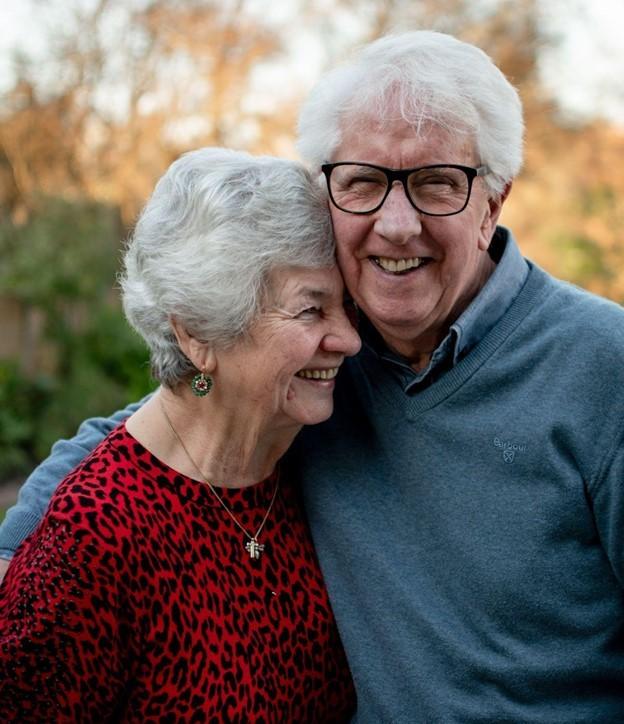Is there someone who could help me figure out where I should seek services?
Yes, you can get advice from a human being with a simple phone call.
Speak with an experienced representative.
FREE information on virtually any topic related to vision impairment and blindness.
Call toll-free (800)232-5463 or e-mail at connectcenter@aph.org.
The APH ConnectCenter offers free curated advice and resources to assist children, parents, adults, and job seekers who are blind and visually impaired, and their associated professionals. Through the APH ConnectCenter website, access resources, and much more.
For over 150 years, the American Printing House for the Blind (APH), has operated in Louisville, Kentucky as the world’s largest nonprofit organization creating accessible learning experiences through educational, workplace, and independent living products and services for people who are blind and visually impaired.
We recommend contacting Hadley for self-paced learning. You can start learning new skills and pick up many tips that will help you regain and maintain your independence. They will make participation easy for you. Find more information on Self-Paced Learning. Don’t wait to start feeling like you again.
You can ask your eye doctor to give one to you. It should have your acuities documents. It is helpful to get confirmation of legal blindness. The eye report can then serve as confirmation of the status of your vision if you should wish to apply for a deduction on your federal tax return or qualify for programs such as the National Library Service for the Blind and Print Disabled, commonly known as the Talking Book Library.
Local services may also require proof of your vision status as part of their application process.
The eye report is also part of the whole picture of the information used by vision rehabilitation professions in determining what strategies might be most effective when assessing your needs and establishing goals.
The eye report will state your diagnosis, your acuity, and may include information about what part of your visual field does or doesn’t function.
For example, if the eye report states there is a diagnosis of macular degeneration, and the person has an acuity of 20/200 in their left and and 20/400 in their right, the professional can start by investigating use of magnification, offer task lighting options, and show how color contrast can help visibility of both print and household items. The professional will anticipate problems telling clothing colors apart, reading small print, seeing faces, or identifying what food is on a plate at mealtimes and that’s not all. An up-to-date eye report informs the functional vision assessment that the vison rehabilitation professional will conduct to see how you are doing with daily activities.
Not every agency offering OIB services requires you to provide an eye report but it’s very helpful if you do have one.

